1. The Civil War Was Only About Slavery
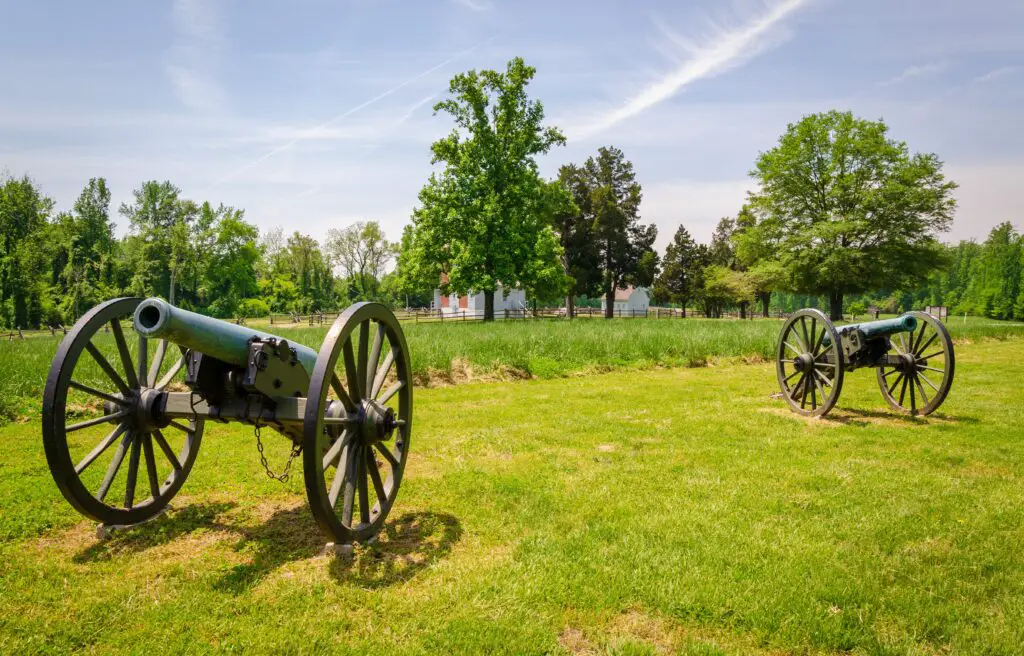
It’s tempting to reduce the entire Civil War to just one issue, but the truth is more layered than that. Yes, slavery was absolutely central—don’t let anyone tell you otherwise—but it was also tangled up with economics, state rights, and political power. The South’s economy relied heavily on enslaved labor, and their desire to maintain that system drove much of the conflict. But arguments about tariffs, federal authority, and who got to control what played into it, too shares MSN.
Teachers sometimes skip those nuances, maybe to simplify things for younger students. But oversimplifying can create the false impression that it was just a disagreement between two moral extremes. In reality, the roots of the war grew from decades of unresolved tension. Slavery was the core, but everything else swirled around it. History rarely comes in neat little boxes, even if your textbook made it sound that way says Wikipedia.
2. Everyone in the South Supported the Confederacy
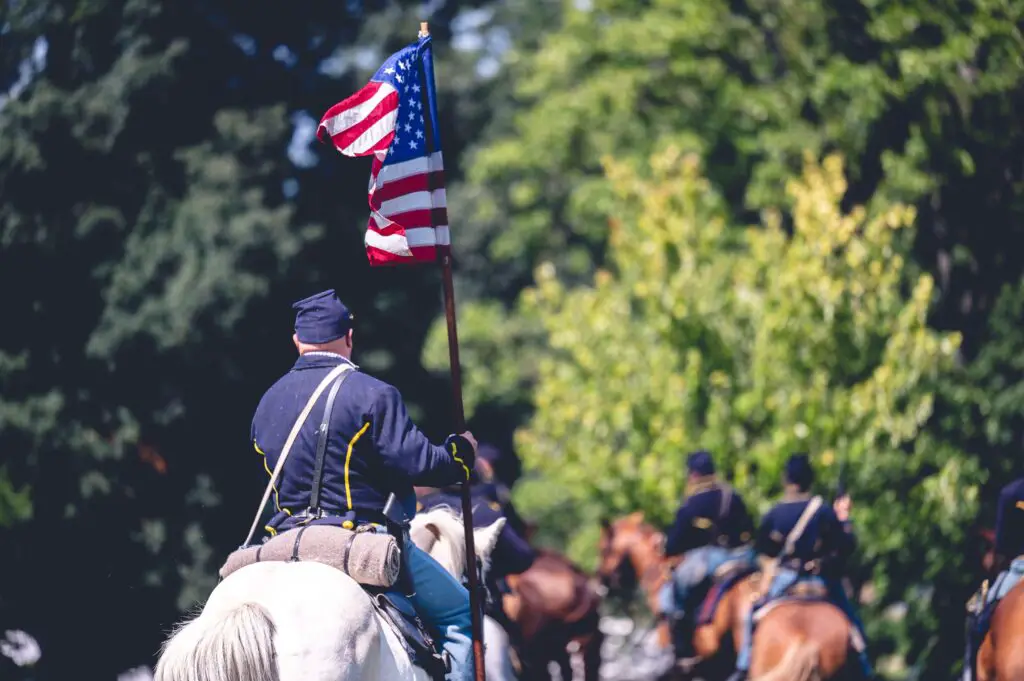
We tend to picture the South as one big united front waving Confederate flags, but that’s not quite right. Plenty of Southerners actually opposed secession and didn’t want to fight the Union at all. In places like eastern Tennessee and parts of North Carolina, support for the Confederacy was weak or even hostile. Some families were torn apart because not everyone agreed on which side to back shares PBS.
There were also over 100,000 white Southerners who ended up fighting for the Union. That’s not something you usually see in school plays or history videos. And let’s not forget enslaved people who fled to Union lines and actively resisted the Confederacy. The South wasn’t a monolith, and lumping everyone together misses a huge part of the story adds the National Park Service.
3. The Emancipation Proclamation Freed All the Slaves
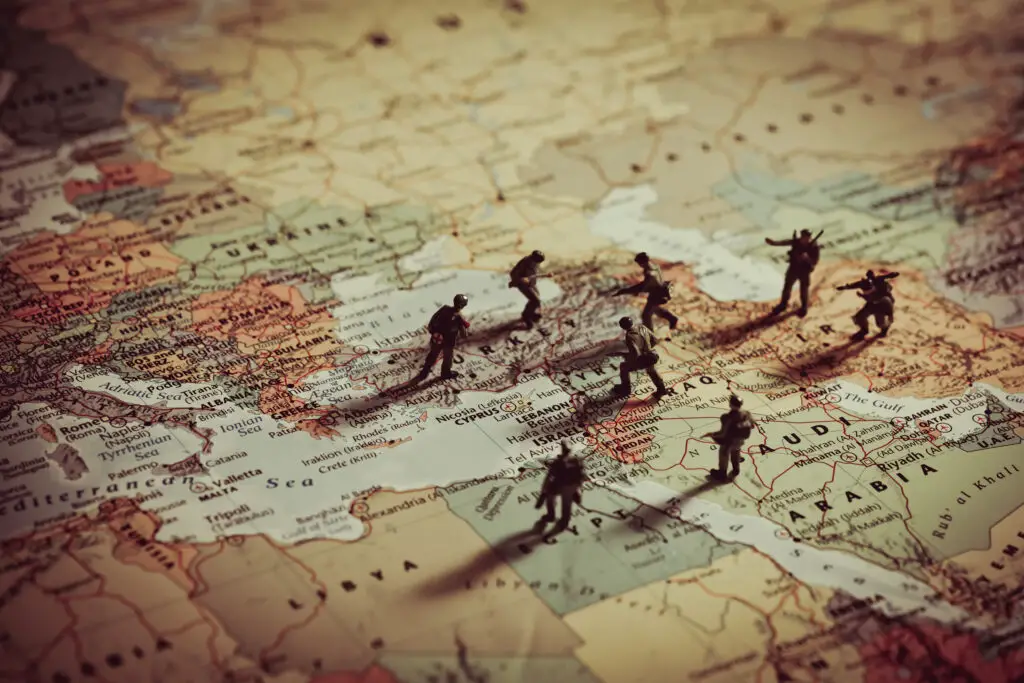
When Abraham Lincoln issued the Emancipation Proclamation in 1863, it sounded like a sweeping act of freedom. But here’s the catch: it only applied to the states in rebellion. If you were enslaved in a Union border state like Kentucky or Maryland, the proclamation didn’t change your status at all. That part tends to get glossed over in classrooms.
The document was as much a military strategy as it was a moral stance. Lincoln hoped it would weaken the Confederacy by encouraging enslaved people to flee and discourage foreign countries from supporting the South. Slavery didn’t officially end across the whole country until the 13th Amendment in 1865. So while it was a big step, it wasn’t the end-all-be-all many of us were taught.
4. Abraham Lincoln Always Planned to End Slavery
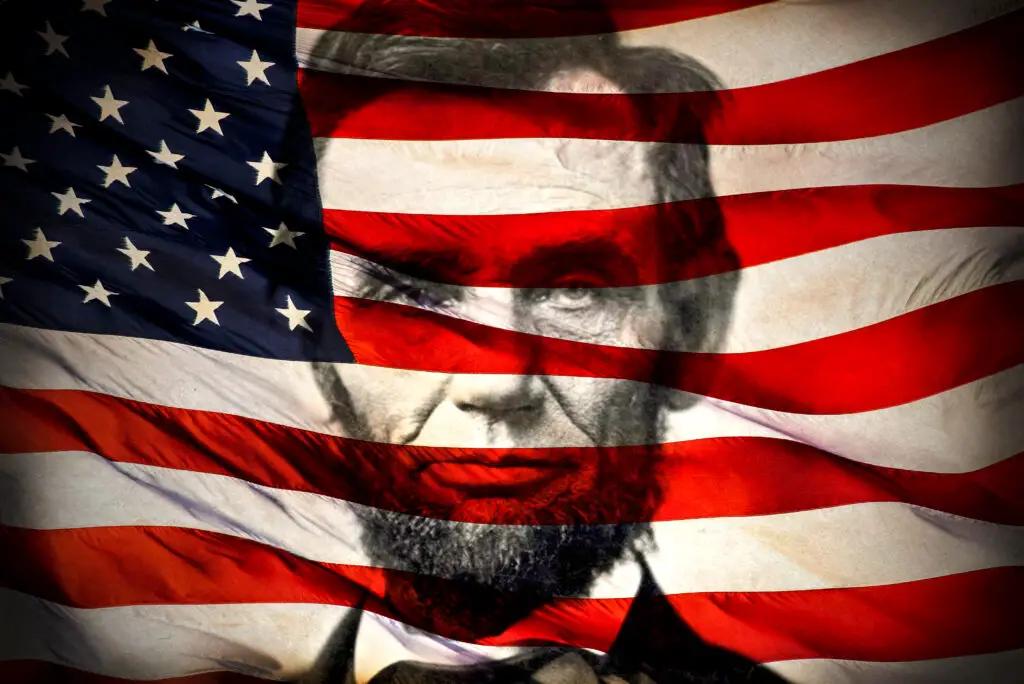
We love our historical heroes neat and tidy, but Lincoln’s views on slavery evolved over time. In the early years of his presidency, he focused more on stopping the spread of slavery than abolishing it outright. He even offered to let slave states keep their institutions if it would preserve the Union. That’s a far cry from the image of him as a lifelong abolitionist.
It wasn’t until later, especially as the war dragged on, that he took a stronger stand on emancipation. His decisions were shaped by political pressure, military developments, and moral shifts. The man we learned about in school existed—but so did the complex, strategic leader behind the legend. Like many real people, Lincoln changed with the times.
5. The North Fought the War to End Slavery
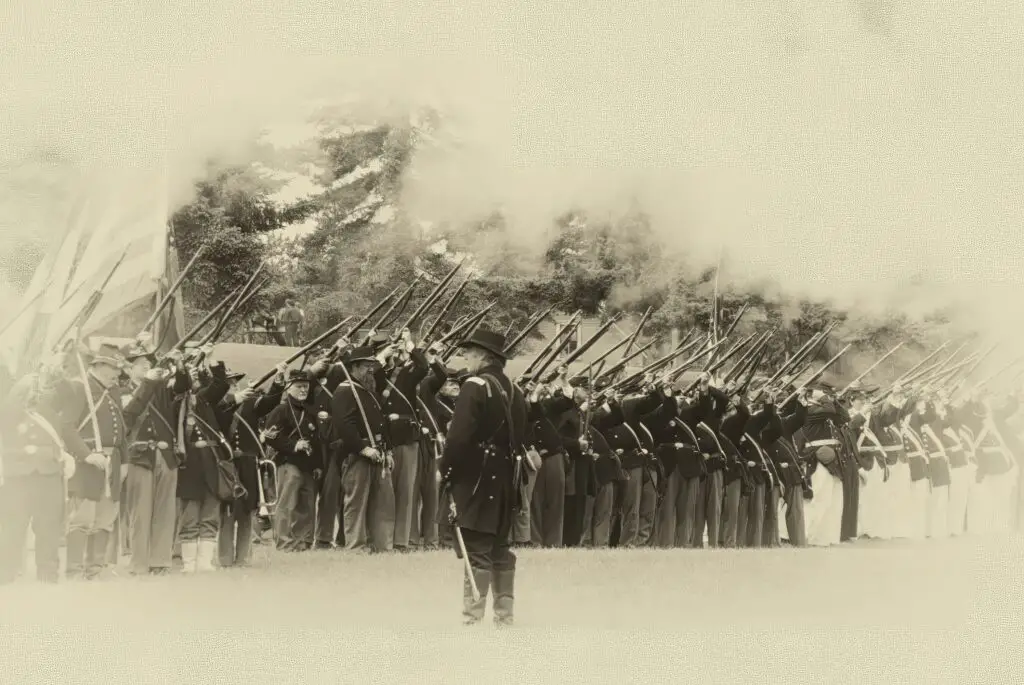
This one is tricky because it’s partly true, but not the whole story. Most Union soldiers weren’t charging into battle to free enslaved people—they were trying to preserve the Union. Many of them didn’t care much about slavery, and some even held racist views themselves. The idea of fighting a moral war against slavery came later, especially after the Emancipation Proclamation.
So when we think of the North as the noble saviors, we have to keep that in perspective. Yes, ending slavery became a major goal, and abolitionists played a big role in pushing that agenda. But at the start, it was more about bringing rebellious states back into the fold. That shift in motivation says a lot about how the war transformed the country and its people.
6. All Enslaved People Were Freed Instantly at War’s End
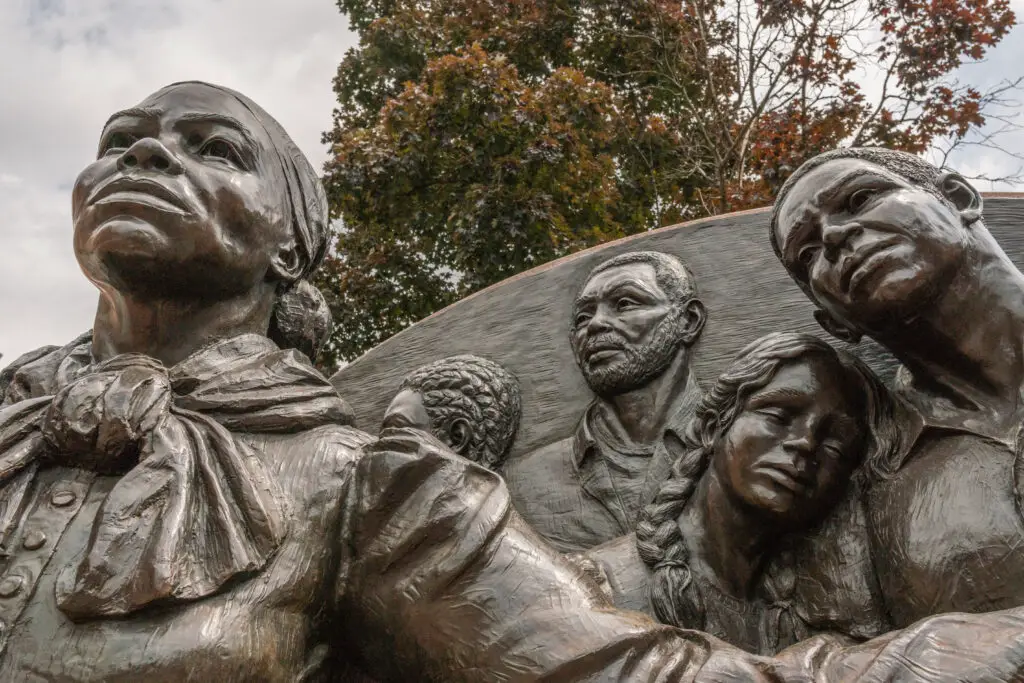
It’s a powerful image—Union victory, chains breaking, and everyone walking free. But in reality, emancipation was a messy, uneven process. News traveled slowly, and in some places, enslavers deliberately withheld the information. That’s why we have Juneteenth, marking the day in 1865 when enslaved people in Texas finally heard they were free—months after the war ended.
Even after emancipation, life didn’t magically get better for formerly enslaved people. Many were forced into sharecropping, stuck in cycles of poverty and exploitation. Violence and discrimination didn’t end with slavery. So while the war closed one dark chapter, the next one came with its own hardships. The fight for true freedom was far from over.
7. The Civil War Was the Deadliest American War Because of Better Weapons

It’s true that the Civil War was horrifically deadly, but not just because of fancy new guns. In fact, the weapons had outpaced the military tactics. Generals were still using strategies from the Napoleonic era, which meant soldiers lined up in rows—easy targets for rifles with greater range and accuracy. It was a recipe for carnage.
But disease actually claimed more lives than bullets. Poor sanitation, overcrowded camps, and lack of medical knowledge made illness rampant. Soldiers were more likely to die from dysentery or infection than from battlefield wounds. So while weapons played a role, the deadliness came from a perfect storm of outdated strategy and miserable conditions.
8. The Civil War Ended in April 1865
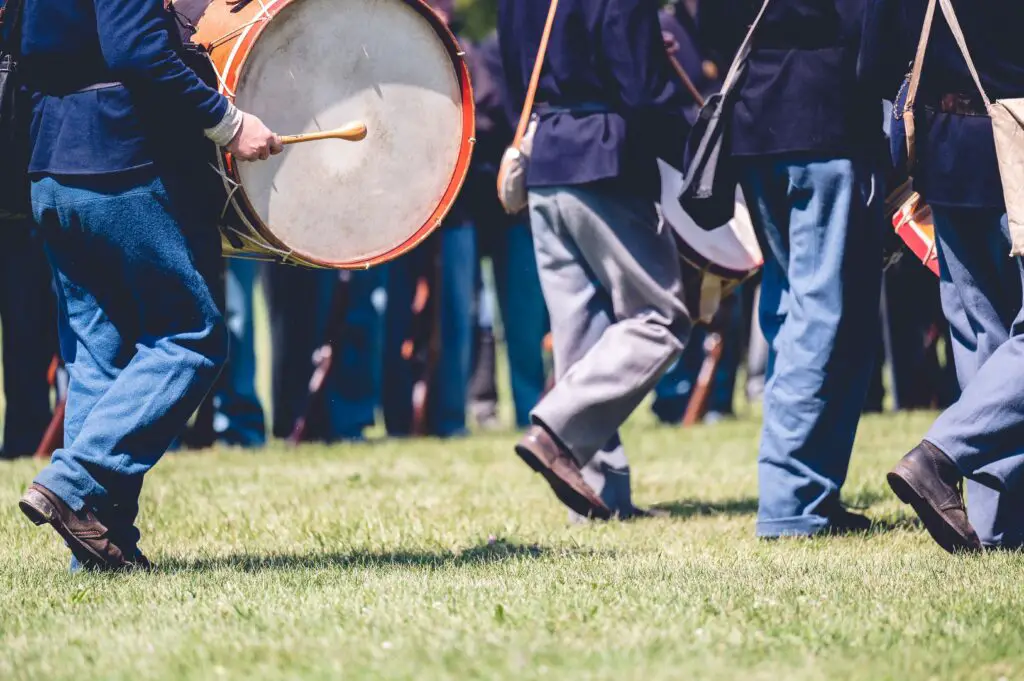
We’re taught that when General Lee surrendered at Appomattox Court House in April 1865, the war was over. Cue the curtain close. But fighting continued in other areas for weeks, and some Confederate units didn’t surrender until June. One battle in Texas even took place after the surrender, simply because the troops hadn’t heard the news yet.
And beyond the gunfire, the struggle didn’t magically end. The South had to be rebuilt, and Reconstruction brought its own share of chaos and resistance. Former Confederates didn’t all just accept defeat and move on. So yes, April 1865 marked a major moment—but the story kept going, even if your history book stopped there.
9. Robert E. Lee Was a Reluctant Hero
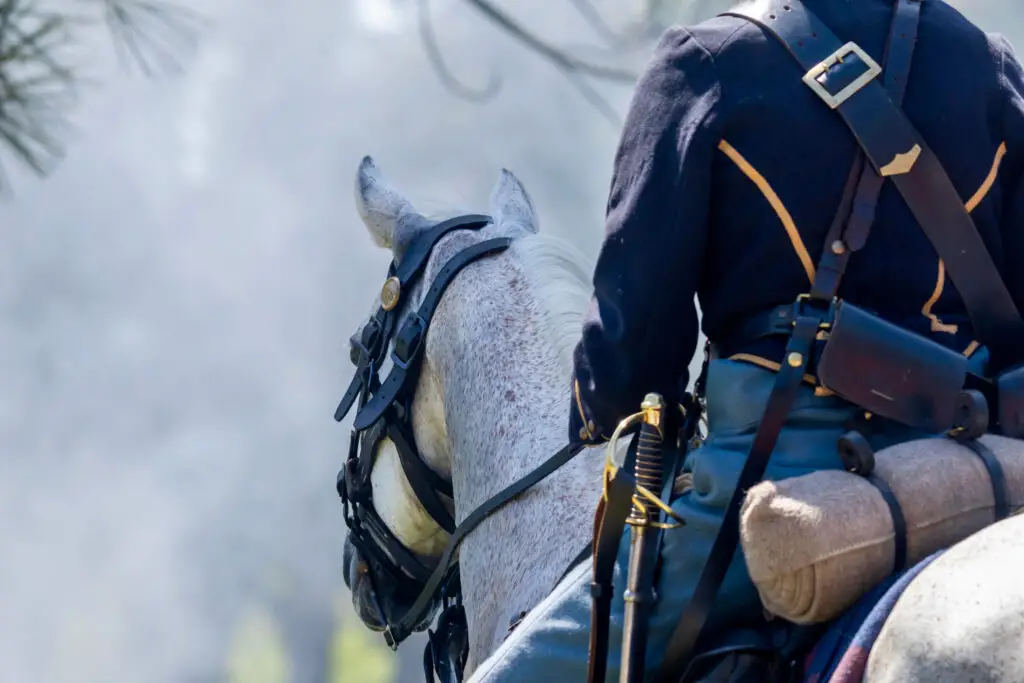
There’s a common idea that Robert E. Lee didn’t really support the Confederacy, that he was just loyal to Virginia. It sounds noble, but it overlooks a lot. Lee enslaved people, supported the Confederate cause, and led battles that tried to uphold that system. Saying he was “reluctant” can make it seem like he wasn’t deeply involved, which just isn’t true.
It’s worth noting that after the war, he didn’t advocate for civil rights or make any effort to repair the damage. He became a symbol for the “Lost Cause” narrative that romanticized the Confederacy. So while he may have had personal struggles, he actively chose to lead the Confederate army. That choice mattered—and still does.
10. Black Soldiers Didn’t Fight Until the Very End
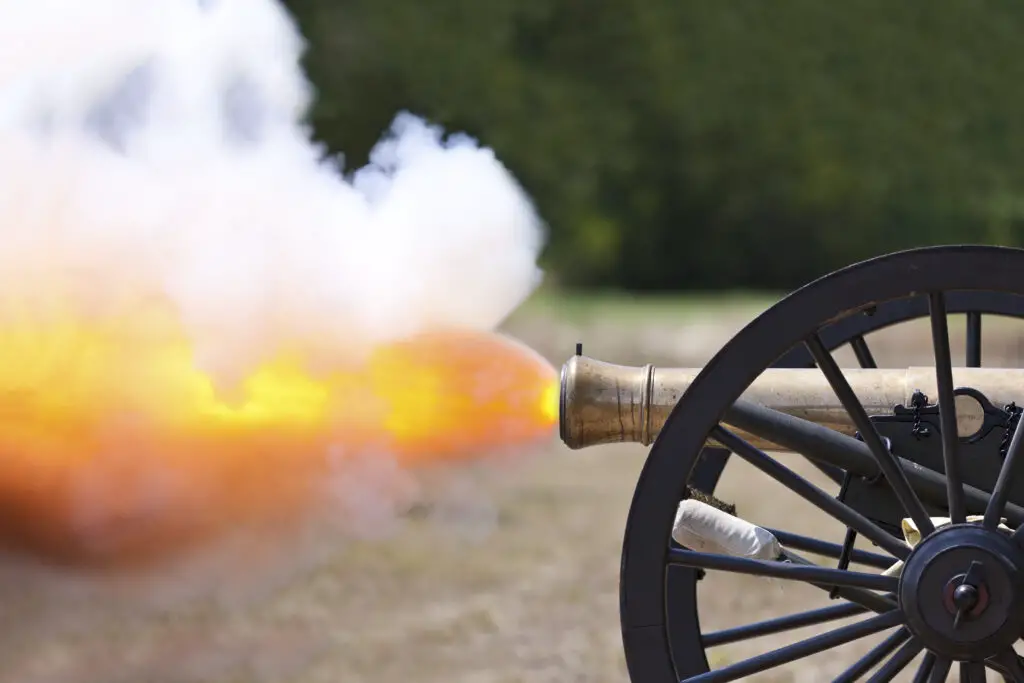
If your teacher made it sound like Black soldiers only showed up in the final months of the war, they missed a major chapter. The Union began officially recruiting Black troops after the Emancipation Proclamation in 1863, but many had already been fighting in informal or support roles. By the end of the war, nearly 180,000 Black men had served in the Union Army.
These soldiers played crucial roles, from digging trenches to fighting on the front lines. They weren’t just side characters—they were essential to the Union victory. Units like the 54th Massachusetts became legendary for their bravery. But their service came with terrible risks, including lower pay and higher chances of being killed or re-enslaved if captured. Their contributions deserve more space in the story than they usually get.
11. The South Was Poor and the North Was Rich
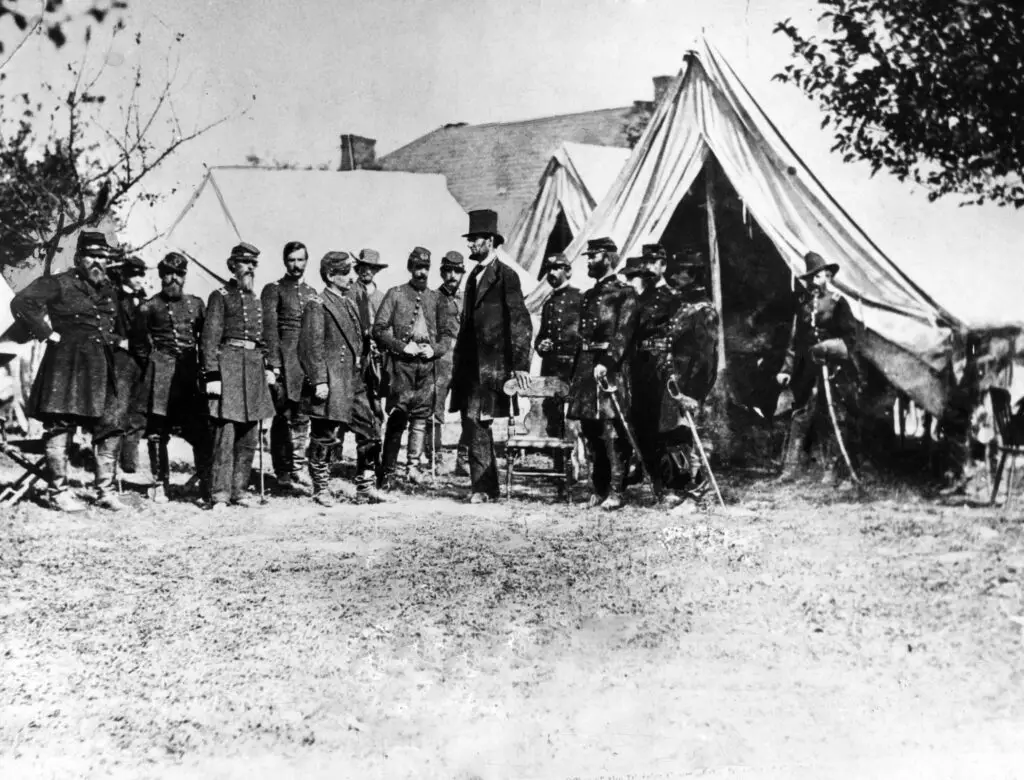
The story often goes that the South was struggling, rural, and helpless, while the North was industrial and booming. But before the war, the South was actually quite wealthy—largely because of slavery. Cotton was a global commodity, and plantation owners were making fortunes. The wealth was just concentrated in the hands of a few.
What the South lacked was infrastructure. Fewer railroads, fewer factories, and a lot of dependence on manual labor meant they weren’t built for a modern war. The North’s economy was more diverse, and that ended up giving them a huge edge. So while the North had more resources overall, it’s not like the South was scraping by before the war began.
12. The War Didn’t Affect Women Much
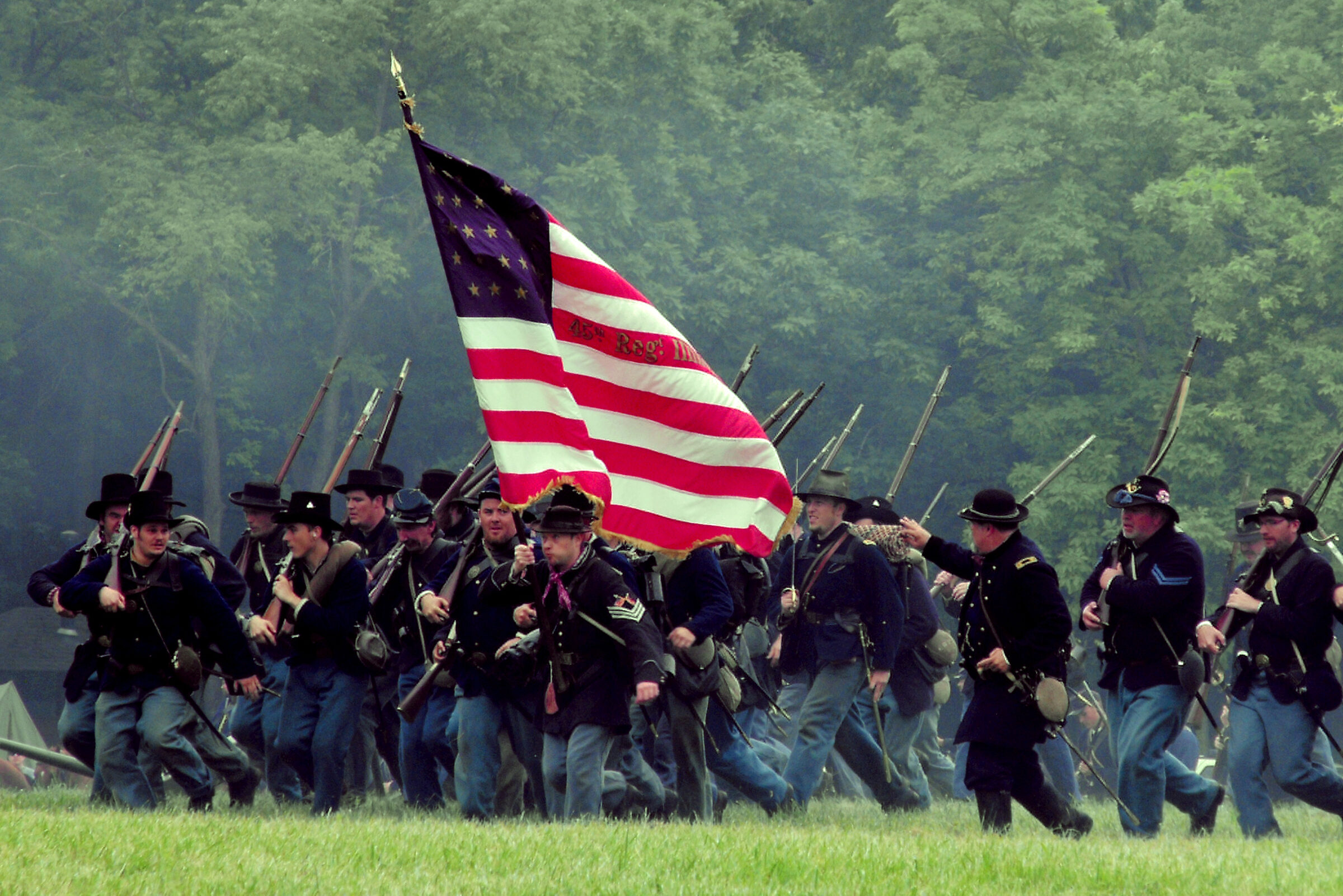
Most classroom lessons don’t spend a lot of time on what women were doing during the war, but they were everywhere. Northern and Southern women ran farms and businesses while the men were away. Many served as nurses, some became spies, and others disguised themselves as men to fight. Their roles weren’t just limited to sewing circles and fundraisers.
The war also sparked early conversations about women’s rights. Seeing how capable women were during the conflict led some to question the limits placed on them. Figures like Clara Barton and Harriet Tubman showed what women could do when given the chance. So no, women weren’t just sitting on porches waiting for letters—they were right in the thick of it.
